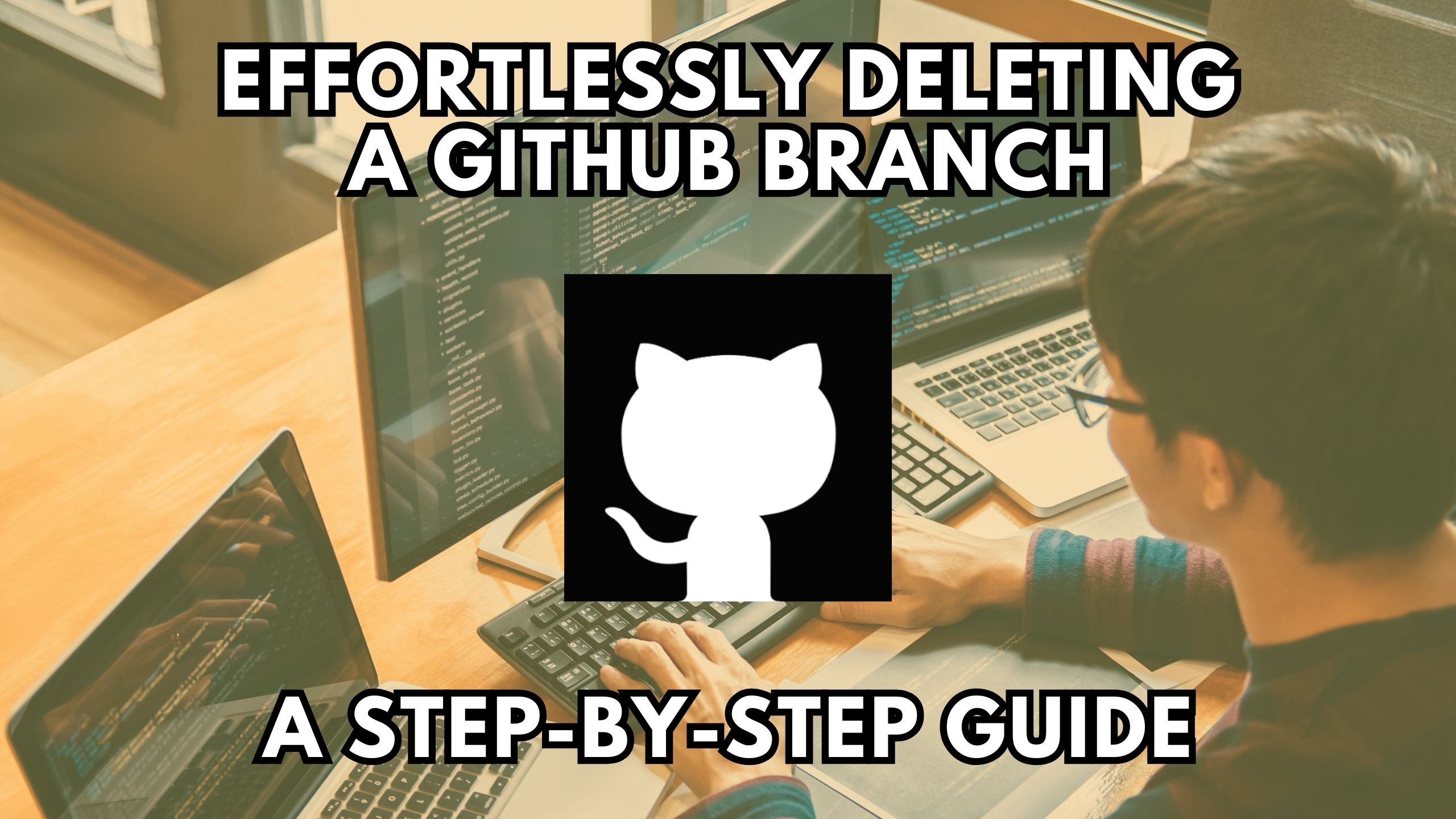Effortlessly Deleting a GitHub Branch: A Step-by-Step Guide
- WebOps Platforms Bug Tracking & Feedback Software Web Development & Design


Effortlessly Deleting a GitHub Branch: A Step-by-Step Guide
Managing your GitHub repositories efficiently involves not just creating branches but also cleaning up after them. Deleting a GitHub branch might seem like a straightforward task, but there are nuances to consider. This step-by-step guide will walk you through the process, ensuring you can effortlessly delete GitHub branches without compromising your repository’s integrity.
Understanding GitHub Branches
Before we delve into the deletion process, it’s crucial to understand GitHub branches. Branches allow you to work on different features or fixes simultaneously, isolating changes until you’re ready to merge them. However, as your project evolves, cleaning up unused or merged branches becomes essential for a tidy and organized repository.
1. Locally Deleting a Branch
The first step is to delete the branch locally on your machine. Use the command git branch -d branch_name to delete the branch. This ensures that your local environment is clean and up-to-date.
2. Deleting a Remote Branch
Once you’ve deleted the branch locally, you need to remove it from the remote repository. The command git push origin --delete branch_name achieves this. This step is crucial to synchronize your local changes with the GitHub repository.
3. GitHub Web Interface Method
Alternatively, you can use the GitHub web interface to delete branches. Navigate to the “Branches” tab, select the branch you want to delete, and click “Delete Branch.” Confirm the action to complete the deletion.
4. GitHub CLI for Efficiency
Leverage the GitHub CLI for a more efficient workflow. The command gh repo view --branch branch_name shows the branches, and gh repo delete --branch branch_name removes the branch both locally and remotely.
5. Automate with GitHub Actions
Consider using GitHub Actions to automate branch deletion based on specific conditions. This ensures that your repository stays clean without manual intervention.
Recommended SaaS Products for GitHub Management
- ZenHub: ZenHub enhances GitHub’s project management capabilities, providing features like Kanban boards and sprint planning to streamline collaboration.
- Datree: Datree ensures code quality and compliance by automatically scanning GitHub pull requests for policy violations, preventing potential issues before they reach production.
- Snyk: Snyk helps you manage and secure your GitHub repositories by identifying and fixing vulnerabilities in your open-source dependencies.
- GitKraken: GitKraken simplifies Git workflows with an intuitive interface, making branch management and collaboration more visual and accessible.
- Codecov: Codecov provides GitHub integration for efficient code coverage analysis, helping you ensure the quality of your codebase.
Conclusion: Streamlining GitHub Branch Management
Effortlessly deleting a GitHub branch is an essential skill for maintaining a well-organized repository. Whether you prefer the command line, GitHub web interface, or automation with GitHub Actions, choose the method that aligns with your workflow. Keeping your branches tidy enhances collaboration and contributes to a more efficient development process.
Unlock the Power of Streamlined Repository Management with Subscribed.fyi
Empower your development workflow with Subscribed.fyi, the ultimate solution for understanding, comparing, and managing your SaaS stack. Sign up today to unlock exclusive deals on tools like GitHub CLI, ZenHub, Datree, Snyk, GitKraken, and Codecov. Gain insights to effortlessly navigate the complexities of your software subscriptions and enjoy significant savings with our secret deals.
Relevant Links:





